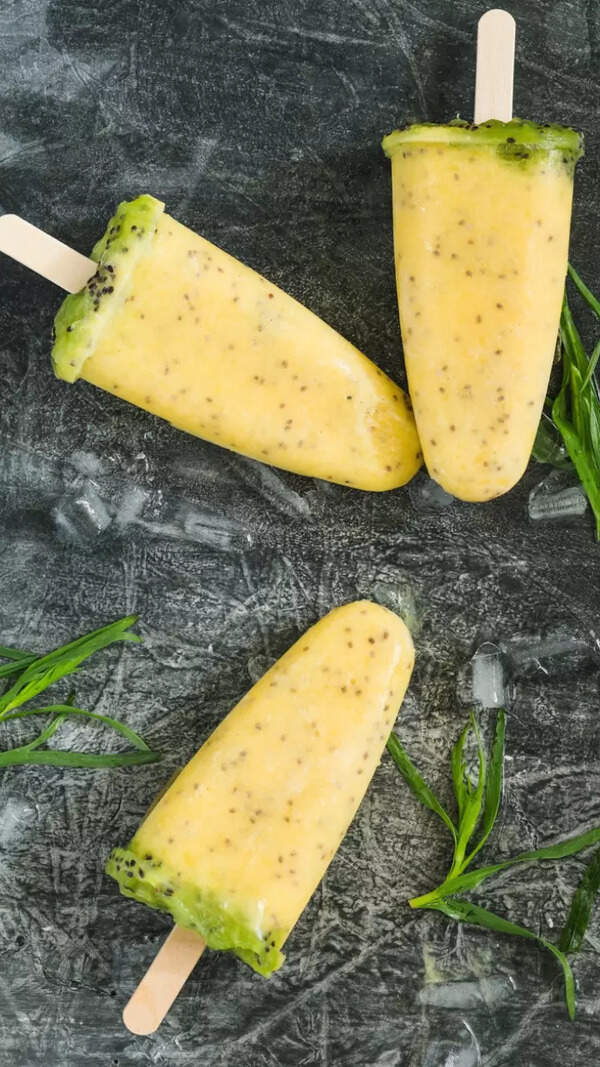6 ways to boost fiber and protein content in regular chapati

6 ways to boost fiber and protein content in regular chapati
Chapatis are a staple in many Indian meals. Whether paired with dal, used to wrap sabzi, or eaten fresh off the tawa with a dollop of ghee, they’re always comforting. But everyday chapatis can be made more nourishing, more filling, and full of flavour. With just a few simple changes, it’s easy to level them up. These small tweaks can turn your usual flatbreads into a source of extra fiber, protein, and key nutrients that keep you energised and satisfied. It’s not about making things complicated—it’s about adding more goodness in a way that’s simple, tasty, and doable. Let’s get into a few easy ways to give your everyday chapatis a healthy, delicious upgrade.

Mix in some supergrains
Why use only wheat when you can add a mix of grains to your chapati? Replace some of your regular atta with ragi (finger millet), jowar (sorghum), or bajra (pearl millet). These traditional grains are full of fiber, iron, and protein, which make your chapatis more filling and better for your gut and bones. They also bring a new flavour—slightly earthy, mildly nutty, and really tasty!

Add protein-packed legumes
Lentils and legumes aren’t just for dals. You can raise the protein level of your chapatis by adding a little besan (gram flour) or moong dal flour to your dough. This simple swap adds a mild, rich flavour and boosts your daily protein without much effort. A protein-rich chapati helps keep you full longer and provides steady energy throughout the day.

Grate in veggies for a hidden boost
If you want to add more fibre and nutrients without compromising on taste, try grating veggies like carrots, spinach, or bottle gourd into the dough. You won’t even notice them, but your chapatis will be packed with vitamins, antioxidants, and a soft texture. It’s also a great way to get kids or anyone to eat more veggies without a struggle.

Swap ghee for olive oil
Traditionally, ghee is used to brush chapatis, and while it’s tasty, swapping it for olive oil offers a lighter, healthier alternative. Olive oil is rich in healthy fats and antioxidants, and it supports heart health. For a touch of elegance, a light drizzle of olive oil after cooking adds a beautiful sheen and a subtle richness to your chapatis.

Add flavour with spices
Sure, plain chapatis are comforting, but why not kick it up a notch? A pinch of ajwain, cumin, or crushed black pepper adds loads of flavour and aids digestion. You can even toss in a dash of turmeric for extra health benefits—it’s anti-inflammatory, boosts immunity, and gives your chapatis a warm, inviting color.

Let the dough rest for soft, fluffy chapatis
This one’s simple but really works. After kneading your dough, let it rest for a bit. Allowing the dough to sit makes it softer and fluffier when cooked. It also helps the gluten relax, making the chapatis easier to digest. You’ll end up with perfectly soft chapatis that are ready to pair with your favourite curry.







